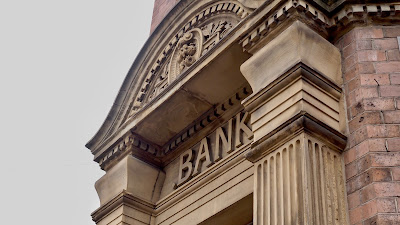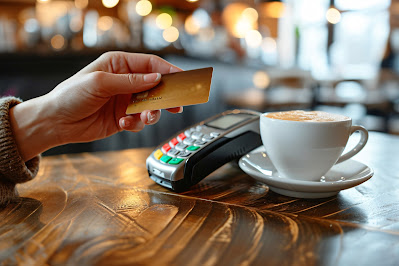Banks can derive powerful benefits by partnering with a top-notch payment processor. But financial institutions that don’t vet those partners with due diligence may inadvertently invite problems.
There are five key considerations to explore when selecting the right payment processing partner, and these can help ensure a more rewarding and value-adding relationship.
1.) Experience Serving Banks
Banks are advised to seek out a payment processor with a proven and verifiable track record of successful bank partnerships. Experience in the nuances of banking, coupled with an understanding of the needs and preferences of merchants who rely on banks, is essential. Otherwise a bank’s vital merchant relationships may be jeopardized because of the payment processor’s lack of knowledge, resources, and vision. A qualified payment processor will anticipate what a bank and its merchants require. Then it will offer customized solutions to help ensure stability, profitability, and growth.
2.) Robust Security
Proactive risk management is priority number one for banking institutions. Don’t let a processing partner who isn’t vigilant compromise security. When vetting a payment processor, make sure they are expert at guarding against potential data breaches. They should use all the latest payment protection technologies such as data encryption, tokenization, PCI-compliant Level 3 processing, and access-restricted cloud backup. They should also know how to accommodate the needs of businesses within regulated industries. Law firms, for example, need a payment system that supports approved escrow accountability. Healthcare providers must ensure airtight HIPAA compliance. A qualified payment processor will stay updated on compliance issues, technological solutions, and best practices. They’ll also facilitate ongoing payment system security training for bank personnel and partnering merchants.
3.) Specialized Public Sector Solutions
A partner with creative solutions for government agencies, municipalities, and educational institutions is a great asset. They can open up new opportunities for banks to pursue those potentially lucrative accounts. For example, a flexible rate payment system, which utilizes industry-compliant legal surcharging, can ensure that the organization never again has to pay credit card “swipe fees” to companies like VISA and MasterCard. Overhead is significantly reduced, net revenue is increased, and flex-rate payments build public trust through greater financial transparency and equity.
4.) Strategic Consultation and Collaboration
Always demand that a payment processing partner does more than simply sell products and services to the bank. Look for one that will become a long-term solution-focused success collaborator. Their support and innovation should improve the bank’s customer service to help attract and retain merchant accounts. Banks who choose a superior payment processing partner can reduce in-house labor and overhead, while expanding their merchant account portfolio and market share.
5.) Flexibility and 24/7/365 Support
A B2B payment platform should be designed exclusively for B2B and be able to process multiple payments simultaneously, in a variety of currencies, with instant electronic invoices and receipts. Choose a partner with dedicated, personalized support that is not outsourced to a third party and extends around the clock, even on bank holidays. Then enjoy the competitive advantage derived from having a technologically advanced, strategically innovative, and highly responsive payment processing partner.







